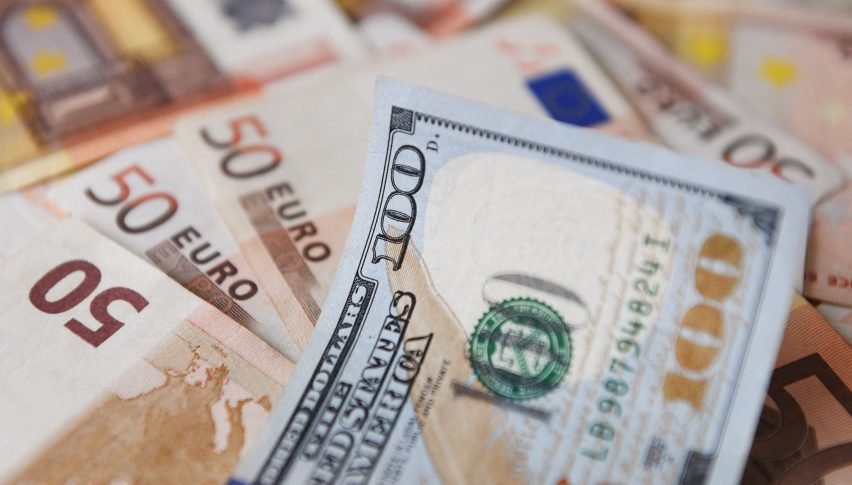Global Dollar Rallies to One-Month High Following US-China Truce
Markets will now turn their attention to key US economic data later this week, including Tuesday’s Consumer Price Index (CPI) report.

Quick overview
- The US dollar rose significantly after the US and China reached a temporary truce to reduce tariffs, alleviating trade war concerns.
- The agreement includes a reduction of US tariffs on Chinese imports from 145% to 30% and Chinese tariffs on US imports from 125% to 10%.
- The dollar gained 2% against the Japanese yen and 1.7% against the Swiss franc, while the euro and British pound both fell sharply.
- Market focus is now shifting to upcoming US economic data, including the Consumer Price Index and retail sales figures, which may influence interest rate expectations.
Live USD/MXN Chart
The US dollar climbed on Monday after the United States and China reached a temporary truce to reduce reciprocal tariffs, easing fears of a full-blown trade war between the world’s two largest economies.

As part of the agreement, the United States will cut the additional tariffs it imposed on Chinese imports in April to 30% from 145%, while China will lower its tariffs on US imports to 10% from 125%. The tariff reductions exceeded investor expectations and followed negotiations over the weekend.
The rally in the greenback was most pronounced against safe-haven currencies. The dollar rose 2% against the Japanese yen, reaching 147.835 yen, and climbed 1.7% versus the Swiss franc to 0.845 francs. The US dollar index, which measures the currency against a basket of six major peers, rose 1% to a more than one-month high. However, it still remains down 2.4% since Trump’s April 2 announcement of sweeping tariffs, as his often erratic policy rollout shook confidence in US assets.
The euro dropped 1.3% to $1.1097, on track for its largest single-day loss this year, while the British pound fell 1% to $1.3185.
Latin American Currencies Drop, but Stock Markets Hold Steady
In Latin America, major currencies weakened broadly. The Mexican peso declined 0.8% to 19.6075 per dollar, while the S&P/BMV IPC index, which tracks the 35 most liquid stocks in Mexico, gave up early gains of over 1% and dropped 0.7% to 56,138.30 points.
The Chilean peso retreated 1.1% to 946.30 per dollar, in line with regional peers, amid the widespread strength of the greenback. In contrast, Chile’s IPSA stock index rose 1% to a record high of 8,317.51 points.
Focus Turns to US Inflation and Retail Sales Data
Markets will now turn their attention to key US economic data later this week, including Tuesday’s Consumer Price Index (CPI) report and April’s retail sales figures due Thursday, which are expected to shed light on the trade conflict’s impact on the broader economy and influence expectations for further interest rate cuts by the Federal Reserve.
On Monday, traders priced in fewer rate cuts by both the Fed and the European Central Bank, as the improved economic outlook following the US-China trade agreement lifted sentiment. Meanwhile, the Chinese yuan hit a six-month high, strengthening to 7.2001 per dollar.
- Check out our free forex signals
- Follow the top economic events on FX Leaders economic calendar
- Trade better, discover more Forex Trading Strategies
- Open a FREE Trading Account

